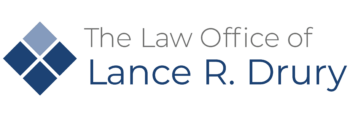Wages aren’t the only thing a worker can get from their employer. For example, they may also receive certain fringe benefits in connection to their job. How are such benefits treated for tax purposes? Well, fringe benefits generally are taxable income. Thus, they typically are required to be reported as pay by the employer and can expose the recipient employee to added tax liability.
However, there are some exceptions under which certain benefits are not treated as taxable. Today, we will go over one of these exceptions: the exception related to employer-provided lodging.
Lodging provided to an employee by their employer typically is considered a taxable fringe benefit. However, there are certain circumstances in which such lodging can be excluded from being taxable. Specifically, under an exception tax law carves out, employer-provided lodging is not taxable if all of the following are true regarding the lodging:
- It is on the employer’s business premises.
- It is a mandatory condition of employment.
- It is provided for the convenience of the employer.
A variety of different factors can impact whether a given instance of employer-provided lodging meets these three conditions.
As this illustrates, a lot of different details could play a role in the tax status of a given fringe benefit. When an employee or an employer is facing legal issues with the Internal Revenue Service in relation to a dispute over whether a given fringe benefit, like a specific instance of employer-provided lodging, falls under an exception to being taxable, they may want a skilled tax lawyer’s assistance with the issues. Such lawyers can help a taxpayer with understanding what kinds of evidence can play a big role when it comes to such disputes and what things can be important when building up one’s arguments in such a dispute.
Source: Internal Revenue Service, “Publication 15-B – Main Content,” Accessed Dec. 2, 2016

 Call Us Now
Call Us Now Email Us Now
Email Us Now

